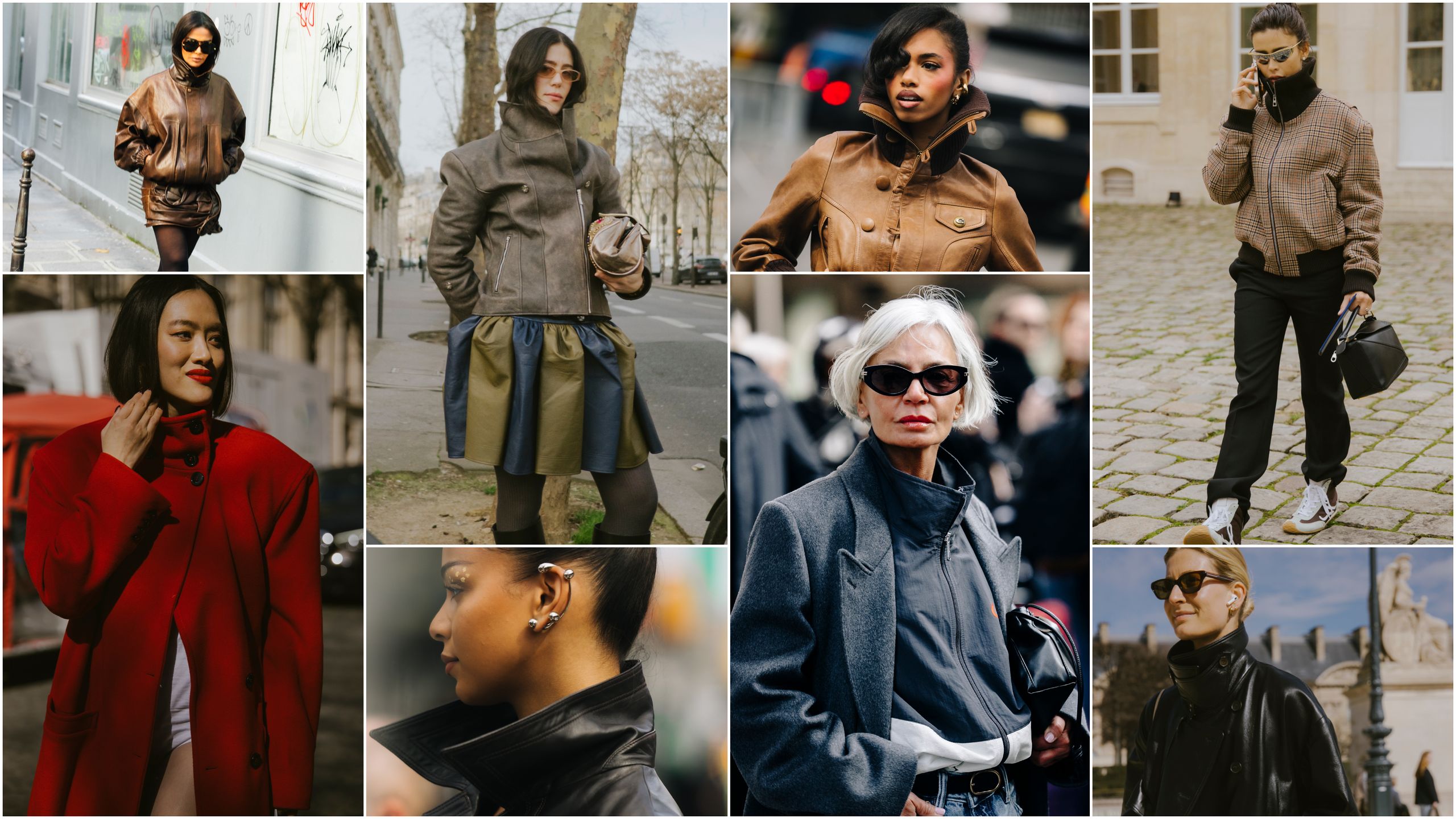Two twenty-something women sit in a SoHo bar, dressed like they inherited a tasteful fortune. They’re not drafting a business plan yet, but they’re naming something—something plural, personal, with identity and intent. Mestiza. A woman of mixed blood. A word loaded with lineage and complexity, and the first decision Alessandra Perez-Rubio and Louisa Rechter will make in building a fashion brand devoted to heritage and the hope that elegance doesn’t have to be elitist.
When they met as students at Washington University in St. Louis, bonding over shared memories of fashionable grandmothers, the seeds of Mestiza were planted. Perez-Rubio recalls visiting her grandmother in Manila: vintage custom gowns draped across furniture like jewels waiting to be rediscovered. “My grandmother was a social butterfly,” Perez-Rubio tells Observer, “always dressed to the nines. That afternoon, during what I think was some manic spring cleaning, was any old day for her. But for me, it was a formative memory because she gave me pieces that still hang in my closet.”
Before Mestiza, Rechter worked at a boutique on Madison Avenue—small, elegant, high-stakes in its own way. What stayed with her wasn’t the glamour upstairs but the basement. “I’d go into the stock room just to watch what was moving,” she says, not out of anxiety. It was something closer to compulsion. Beautiful clothes didn’t belong in storage. They needed to be worn, to find a home. That instinct calcified into a personal rule: inventory shouldn’t linger. “Even now, I don’t see our warehouse every day, but I’m always checking what’s selling. I’d rather buy less and watch it turn over than sit on piles of product.”
Perez-Rubio and Rechter aren’t opposites, but a kind of deliberate counterpoint. Perez-Rubio speaks with a designer’s precision, describing fabrics and silhouettes as if narrating a love letter. Her presence matches the subtle formality of Mestiza’s more opulent pieces. Rechter, by contrast, brings a sharper edge: direct, strategic, pragmatic in tone and personal style. Where Perez-Rubio talks in textures and references, Rechter talks in timing, inventory and strategy. Together, they move like longtime collaborators: one setting the vision, the other steering the ship. They are united by the shared conviction that there is room in the fashion world for a brand that treats heirlooms as inspiration rather than marketing copy. Mestiza isn’t trying to be the next big thing. It’s trying to last.
“We are not a brand obsessed with trends,” Rechter says. She is frank about it: sure, there are moments when moving faster might look tempting. “Maybe we wish we were, in some ways,” she admits. But Mestiza was never built to chase trends. Their customers care about timeless style. “We stay relevant because we’re not trend-obsessed,” Rechter repeats, emphasizing the point less like a marketer, more like someone who’s made peace with building something slowly.


That unhurried approach—intentional from the beginning—now underpins a business with real structure. From day one, Perez-Rubio handled brand and design as creative director, focusing on Filipino heritage elements—embroideries, silhouettes—that come from lived experience. Rechter, as CEO, oversees operations and growth. Fast forward ten years, and the division remains. Today, they lead a 12-person team, backed by outsourced sales and marketing, and the brand’s aesthetic is unmistakable: Palm Beach polish with an Upper East Side wink—bold florals, preppy stripes, lemony jacquard and fit-and-flare silhouettes meant for yacht decks, bridal brunches or summers in San Miguel. The mood is breezy: wicker clutches, wide-brimmed hats and a knowing embrace of femininity as both armor and asset. It’s sunny, structured, and planned a year in advance. Wrinkle-free fabrics. Convertible gowns you can wear four ways. They avoid waste, both for ethical and financial reasons.
Mestiza’s growth hasn’t been hockey-stick, nor was it meant to be. They started DTC, now sell through retailers like Neimans and Saks, and have thoughtfully expanded categories: loungewear, bridal and soon, swimwear. Rechter emphasizes restraint: they test products in small batches, reordering only what resonates. “If something is working,” she says, “we run with it.” That approach has kept them nimble and relevant, helped along by best-sellers like the Georgiana gown—a strapless, classic silhouette, fitted through the bodice, with a dramatic high-low hem and a skirt that flares in sculptural volume, meant to hold its shape and its presence in a room.
At their price point, Mestiza isn’t quite mass market, nor is it haute couture. It’s that sliver of fashion occupied by women who never seem to need a reservation—discreet but unmistakably polished. The same women who collect Markarian’s evening coats or La Ligne’s striped knits might find themselves drawn to Mestiza’s jacquard gowns. “We’ve always liked the idea that finding us feels like finding a treasure,” Rechter says.
At the same time, as Perez-Rubio frames it, “We don’t believe fashion has to be elitist or exclusive to be special.” She and Rechter came into the industry as outsiders—no fashion pedigrees, no investor Rolodex—and built Mestiza without the usual social credentials. That outsider status shaped how they think about luxury: polished, yes, though without gatekeeping. Perez-Rubio, who grew up moving between Manila and the U.S. as a Spanish-Filipino woman, sees the brand’s name as more than a label. Mestiza reflects her own dual identity: two cultures, two aesthetics, belonging everywhere and nowhere at once. That layered sense of self is the same quality they design for. “I don’t think coming from a place of warmth sacrifices the mystique,” she says.
Rather than billboard their values, they fold them into practice: convertible designs, gifting excess inventory, measured production. Rechter’s favorite word, if one must pick? Empowerment. Least favorite? None exactly. “It’s difficult to be all of those things,” she says. “We do what we can.”
At their recent 10-year anniversary, they threw a party complete with a dress from each defining year modeled live—a living archive. Families flew in. Longtime collaborators joined. A decade in, Mestiza isn’t pivoting or rebranding. It’s refining, deepening. “We’re at an inflection point,” Perez-Rubio says. “And we’re just really happy that we get to do this.”



